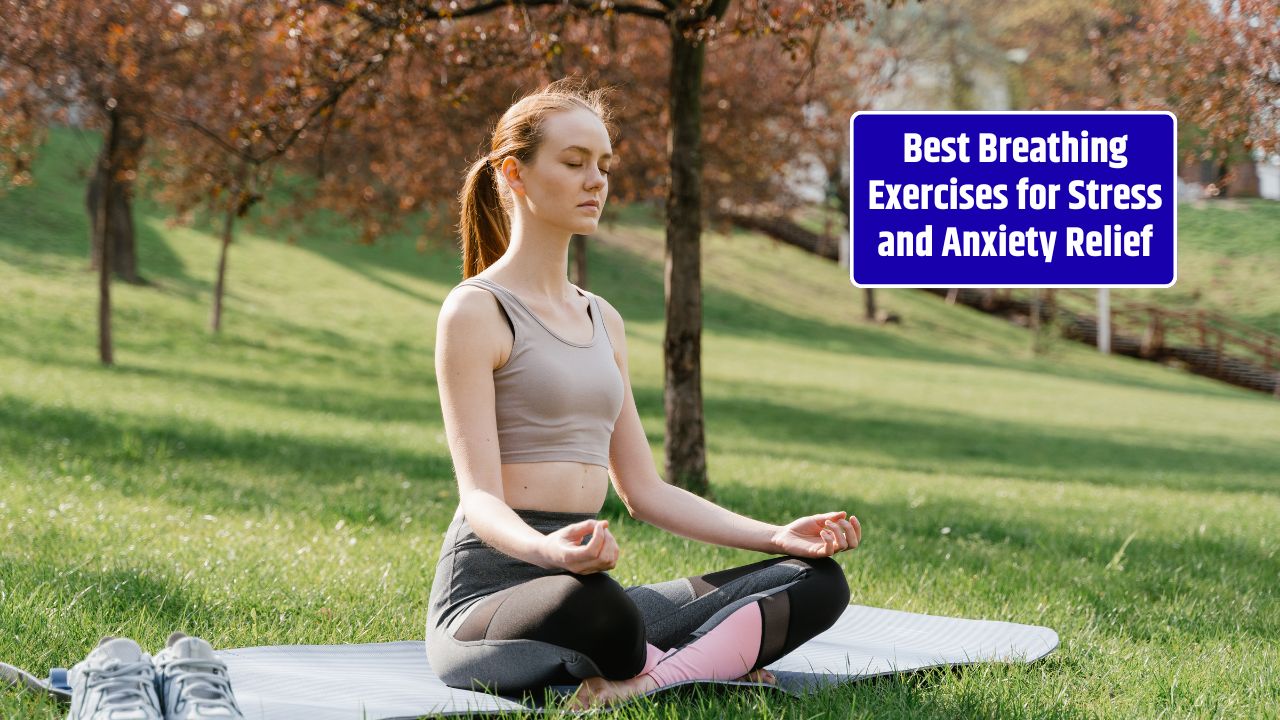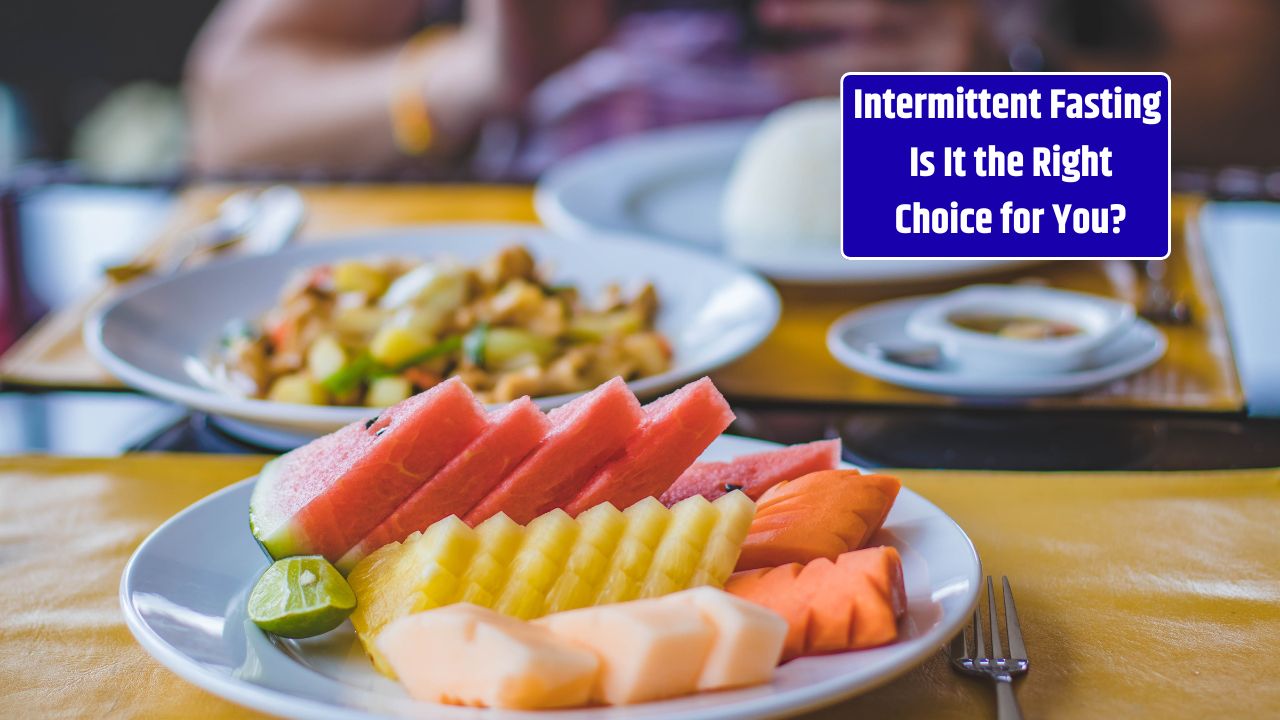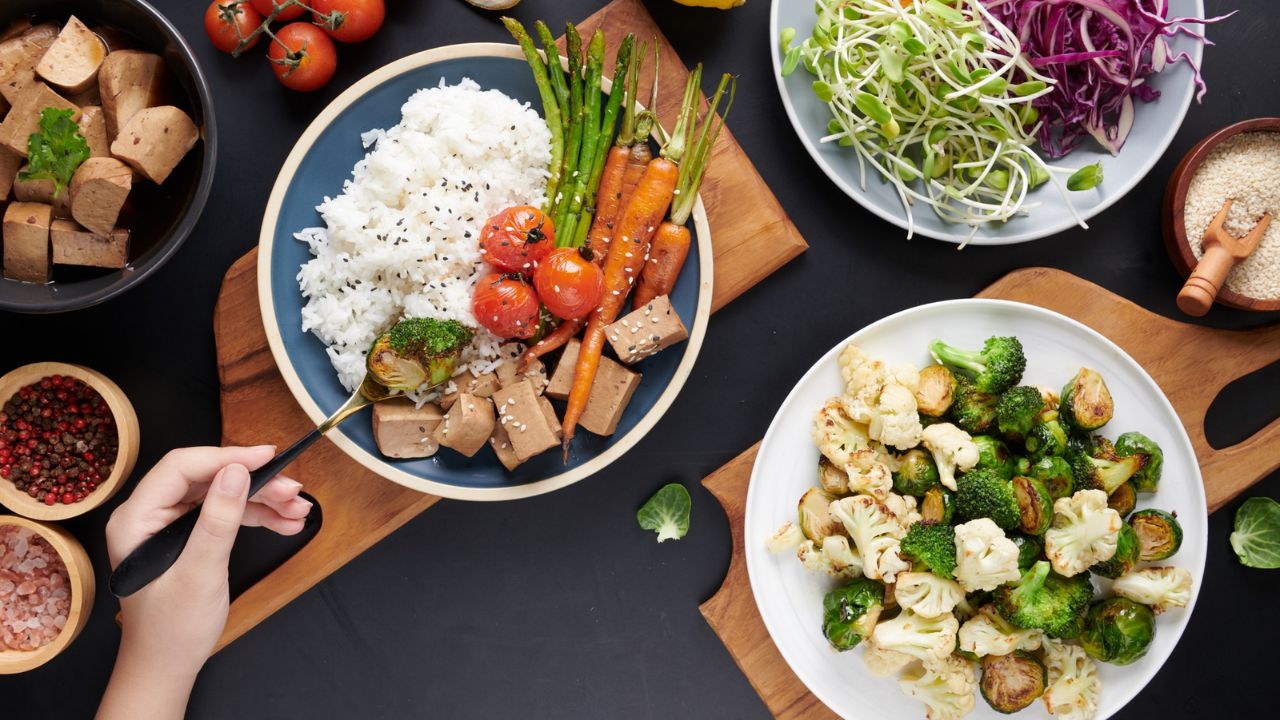It’s easy to think living past 100 is pure luck—good genes, maybe a bit of divine blessing. But peek into communities known for centenarians, from Okinawa in Japan to Sardinia in Italy, and you’ll notice a pattern: it’s not luck, it’s lifestyle.
These “Blue Zones” have been studied for decades, and the habits of their residents reveal practical, everyday choices that add up to decades of vitality. Longevity isn’t about extreme routines or expensive supplements. It’s about small, consistent habits woven into daily life.
Plant-Based, Balanced Eating
Centenarians rarely count calories or follow fad diets. Instead, their meals are built around vegetables, legumes, whole grains, nuts, and modest portions of fish. Meat shows up occasionally, not daily. In Okinawa, meals often center on sweet potatoes, tofu, and leafy greens. In Ikaria, Greece, beans and olive oil are staples. The U.S. Department of Agriculture (USDA) and global dietary guidelines echo this: plant-forward diets support heart health, reduce chronic disease, and fuel long life.
Movement as a Way of Life
Forget gym memberships. Long-living people move naturally throughout the day—gardening, walking to neighbors’ houses, climbing hills to tend livestock. In Sardinia’s mountain villages, daily walking over rugged terrain is simply part of life. Regular, low-intensity activity keeps the body strong without the wear and tear of high-impact workouts.
Strong Social Ties
Longevity isn’t just about diet and exercise—it’s also about connection. According to the National Institute on Aging, social isolation can increase the risk of premature death as much as smoking. Centenarians tend to have close-knit families, regular community gatherings, and friends they can rely on. That sense of belonging acts like a protective shield against stress and depression.
Purpose and Positivity
In Okinawa, it’s called ikigai—a reason for being. In Nicoya, Costa Rica, it’s plan de vida. Having a sense of purpose, whether through work, family, or community, gives structure to life and motivation to get up each day. Studies show purpose is strongly linked to reduced risks of cardiovascular disease and dementia.
Daily Rest and Stress Management
People who live longest don’t avoid stress—they manage it. Prayer, meditation, naps, and daily rituals of relaxation are common. In Ikaria, a post-lunch siesta is almost sacred. Stress, when left unchecked, floods the body with cortisol, weakening immunity and aging cells faster.
Moderation, Not Excess
Centenarians often eat until they’re about 80% full, a practice known as Hara Hachi Bu in Okinawa. Moderation extends beyond food—it’s about alcohol too. Wine, especially red, is enjoyed in small amounts, often with meals and friends. Overindulgence is rare.
Natural Sleep Rhythms
Instead of forcing rigid schedules, centenarians often wake and sleep in sync with natural light. Quality rest supports immune health, repairs cells, and balances hormones. Unlike many of us glued to screens at midnight, their evenings are quiet and tech-free.
Faith and Spirituality
Belief systems vary, but a thread of spirituality runs through many long-lived communities. Whether it’s church in Loma Linda, California, or ancestor rituals in Okinawa, faith offers not just solace but also social connection and a framework for resilience.
Regular, Simple Routines
Longevity isn’t built on dramatic lifestyle changes but on consistency. Morning walks, tending a garden, cooking family meals, or meeting friends weekly—all of these create rhythm and stability, lowering stress and supporting both body and mind.
Giving Back and Staying Engaged
Centenarians often remain active in their communities well into old age—mentoring, cooking, volunteering, or sharing stories. That sense of usefulness keeps their minds sharp and spirits engaged.
Quick Reference Table
| Habit | Example from Blue Zones | Health Benefit |
|---|---|---|
| Plant-based eating | Beans, greens, sweet potatoes | Reduced chronic disease risk |
| Daily movement | Walking, gardening, farming | Joint health, stamina, heart health |
| Strong social ties | Weekly gatherings, close families | Lower stress, longer lifespan |
| Sense of purpose | Ikigai (Japan), plan de vida (Costa Rica) | Mental resilience, reduced disease risk |
| Stress management | Prayer, naps, meditation | Lower cortisol, improved immunity |
| Moderation in diet | Eat until 80% full, small portions of wine | Balanced weight, better digestion |
| Natural sleep | Sunrise-to-sunset rhythm | Better immune and cognitive function |
| Faith/spirituality | Church, rituals, community worship | Social support, reduced depression |
| Simple routines | Daily walks, family meals | Stability, reduced anxiety |
| Community engagement | Mentoring, volunteering, storytelling | Keeps mind sharp, fosters belonging |
The Takeaway
Living to 100 isn’t about finding a magic pill—it’s about ordinary choices done consistently over decades. Eat mostly plants. Move often. Laugh with friends. Sleep deeply. Find meaning. Stay engaged. When you zoom out, it’s less about chasing years and more about adding quality to them.
FAQs:
Is it possible to live to 100 without special genetics?
Yes. Genetics matter, but lifestyle choices account for the majority of longevity differences.
Do centenarians exercise a lot?
Not in the gym sense. They incorporate natural movement—walking, gardening, chores—into daily routines.
What role does diet play?
A primarily plant-based, whole-food diet is consistent across all long-lived communities.











